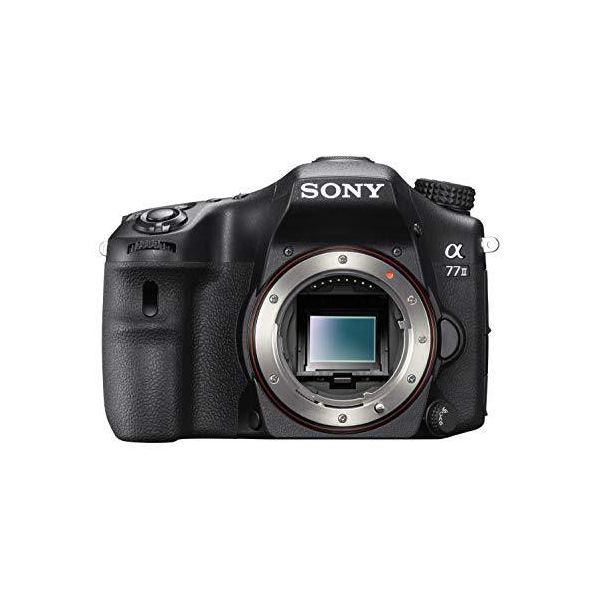D. F. Watt
- Comment




















